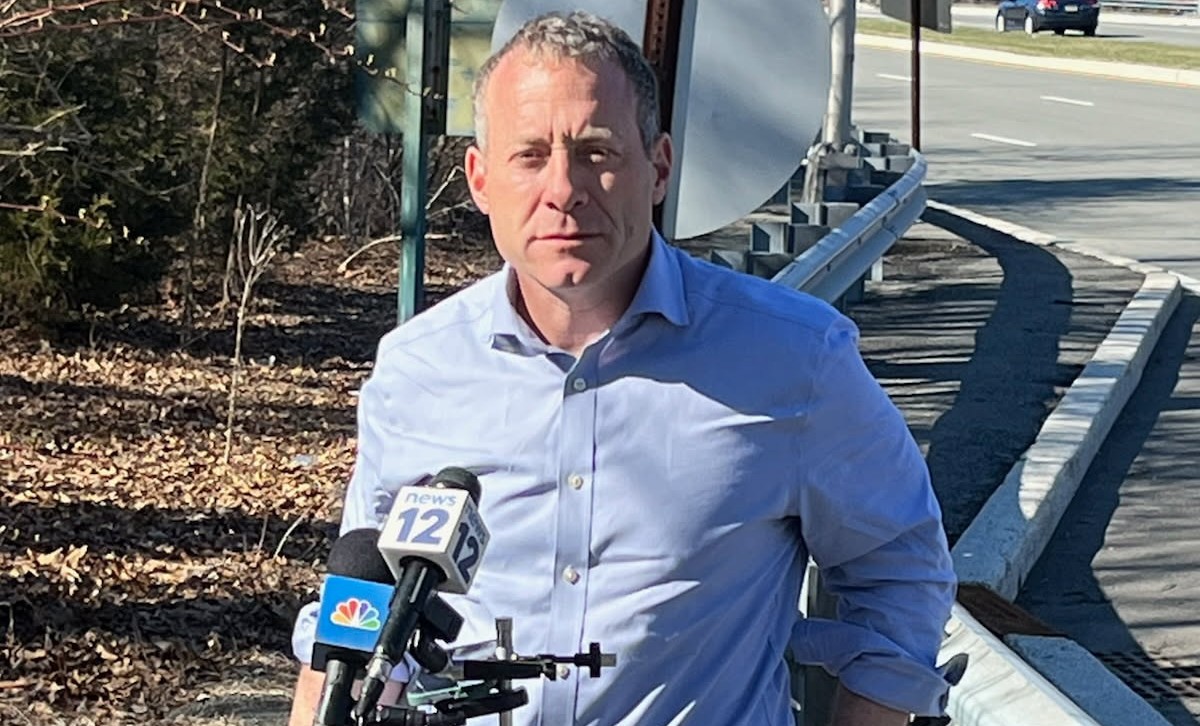In recent years, school boards across the United States have found themselves embroiled in culture wars and book bans in relation to transgender issues. These debates have centered around the inclusion of transgender individuals in school policies and curricula, as well as the availability of books that feature transgender characters or themes.
One of the most contentious issues has been the use of gender-neutral pronouns and bathrooms. Some school boards have implemented policies that allow students to use the bathroom that corresponds with their gender identity, while others have pushed back against these policies, citing concerns about privacy and safety.
Similarly, some school boards have adopted policies that allow students to use their preferred name and pronouns, while others have resisted these changes, arguing that they violate traditional gender norms and could confuse or harm students.
Another area of conflict has been the inclusion of transgender individuals in school curricula. Some school boards have sought to incorporate lessons about gender identity and transgender history into their curricula, while others have banned books or materials that feature transgender characters or themes.
These book bans have sparked controversy and protests from both students and educators. In some cases, school libraries have removed books like “I Am Jazz,” a children’s book about a transgender girl, or “George,” a novel about a transgender boy, from their shelves.
Critics of these bans argue that they stigmatize and marginalize transgender students, while supporters argue that they protect children from potentially harmful or confusing material.
The debate over transgender issues in schools is not limited to the United States. In Canada, for example, some school boards have faced backlash for policies that allow students to use their preferred name and pronouns or for including gender identity in their curricula.
Despite the controversy and conflict surrounding these issues, many school boards have taken steps to be more inclusive of transgender students. Some have implemented policies that protect transgender students from discrimination and harassment, while others have worked to educate their staff and students about gender identity and diversity.
Ultimately, the debate over transgender issues in schools reflects larger societal debates about gender identity and equality. As more people come out as transgender and demand recognition and acceptance, schools will continue to play a critical role in shaping attitudes and policies around these issues.




